The Constitutional Crossroads - President Murmu's 14 Questions and the Supreme Court's Dilemma | (Sun 25 May 2025 03:35)
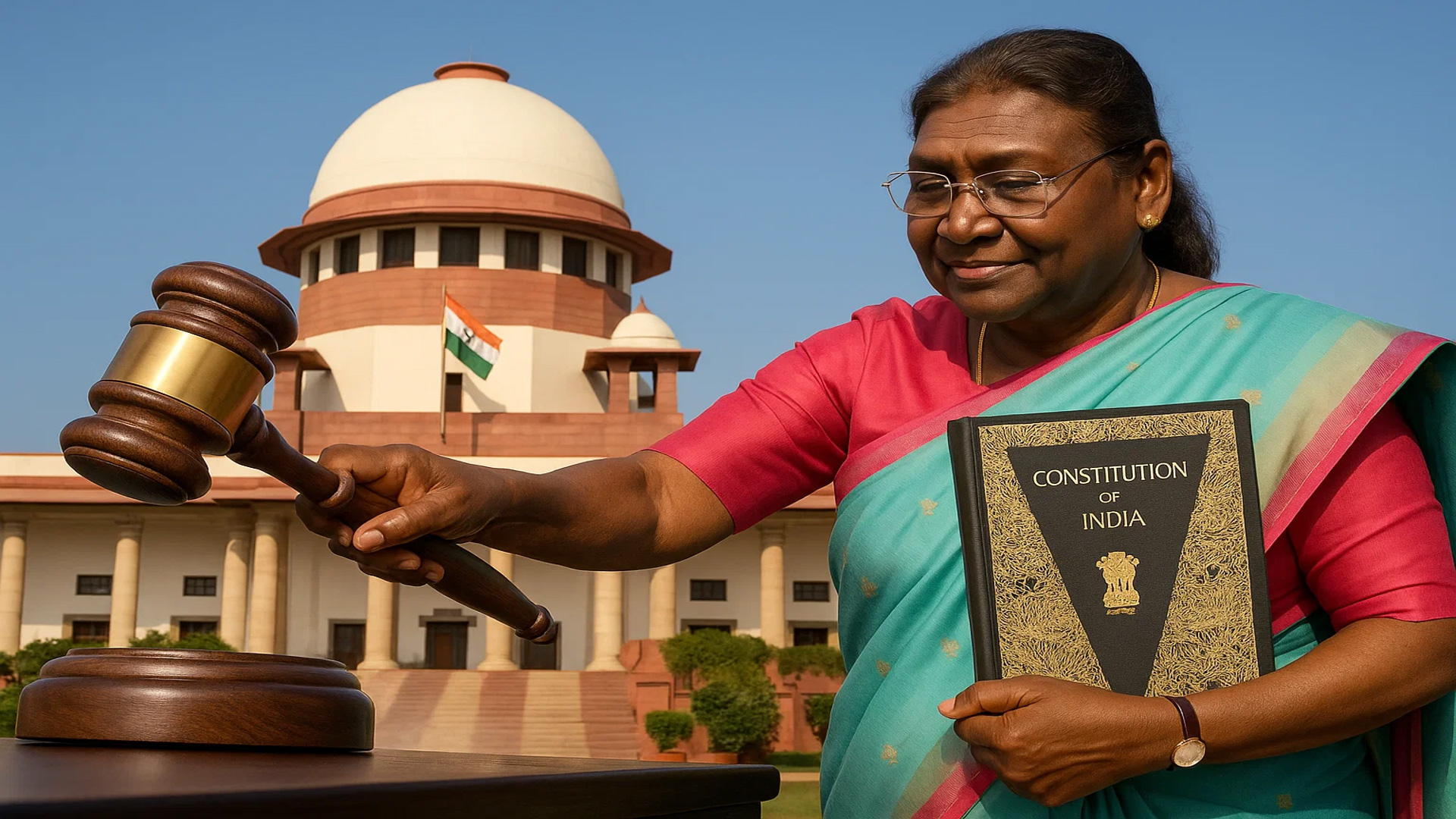
In the hallowed halls of India's constitutional democracy, a significant event unfolded on May 15, 2025. President Droupadi Murmu, exercising her powers under Article 143(1) of the Constitution, made a 14-point reference to the Supreme Court (SC) for its consideration and opinion. This move, while routine in its procedural aspect, carries profound implications for the delicate balance of power between the executive, legislature, and judiciary.
The President's reference comes on the heels of a landmark judgement by the Supreme Court in the State of Tamil Nadu v The Governor of Tamil Nadu Case, 2023. In this case, the SC invoked Article 142 to impose timelines on Governors and the President to act on bills passed by state legislatures. The judgement also introduced the concept of "deemed assent," a notion that President Murmu's reference challenges as "alien to the constitutional scheme."
The 14 questions posed by President Murmu are not merely academic inquiries; they are a direct response to the Supreme Court's recent judgement. They delve into the heart of constitutional governance, questioning the justiciability of executive actions, the scope of judicial review, and the limits of the Supreme Court's powers under Article 142.
The first question asks about the constitutional options available to a Governor when a bill is presented under Article 200. This question sets the stage for a broader exploration of the Governor's role and discretion. The Supreme Court's judgement in the Tamil Nadu case had outlined three options for the Governor: grant assent, withhold assent, or reserve the bill for the President's consideration. However, the President's reference seeks to clarify whether these options are exhaustive and whether the Governor's discretion is subject to judicial review.
The second question probes whether the Governor is bound by the aid and advice of the Council of Ministers. This question touches on the core principle of responsible government, where the executive is accountable to the legislature. The Supreme Court's judgement had held that the Governor does not possess any discretion in the exercise of his functions under Article 200 and must abide by the advice of the Council of Ministers, except in specific circumstances.
The third question asks whether the exercise of constitutional discretion by the Governor under Article 200 is justiciable. This question is crucial because it challenges the traditional understanding of the Governor's role as a constitutional functionary. The Supreme Court's judgement had held that the withholding of assent or reservation of bills for the President's consideration would be justiciable on the touchstone of judicially determinable standards.
The fourth question queries whether Article 361 of the Constitution is an absolute bar to judicial review of the Governor's actions under Article 200. This question is significant because Article 361 provides immunity to the President and Governors from legal proceedings for their official acts. The Supreme Court's judgement had held that this immunity does not preclude judicial review of the Governor's actions.
The fifth question asks whether the courts can impose timelines on the Governor for the exercise of his powers under Article 200. This question is directly related to the Supreme Court's judgement, which had prescribed timelines for the Governor to act on bills. The President's reference challenges the judiciary's authority to impose such timelines in the absence of a constitutional provision.
The sixth question probes the justiciability of the President's discretion under Article 201. This question is similar to the third question but focuses on the President's role. The Supreme Court's judgement had held that the withholding of assent by the President would be justiciable to the limited extent of exercise of such power in an arbitrary or malafide manner.
The seventh question asks whether timelines can be imposed on the President for the exercise of his discretion under Article 201. This question is similar to the fifth question but focuses on the President's role. The Supreme Court's judgement had held that while the President's consideration of a bill may not be bound by strict timelines, inaction on the President's part cannot be justified.
The eighth question asks whether the President is required to seek the Supreme Court's advice under Article 143 when the Governor reserves a bill for the President's assent. This question is significant because it touches on the President's discretion and the role of the Supreme Court in providing advisory opinions. The Supreme Court's judgement had held that while the President is not mandatory to seek the Court's opinion, it is a measure of prudence to do so.
The ninth question asks whether the decisions of the Governor and the President under Articles 200 and 201 are justiciable at a stage anterior to the law coming into force. This question is crucial because it challenges the traditional understanding of the separation of powers. The Supreme Court's judgement had held that constitutional courts are not precluded from opining about the constitutional validity of a bill before it becomes a law.
The tenth question asks whether the exercise of constitutional powers and the orders of the President or Governor can be substituted under Article 142. This question is significant because it challenges the Supreme Court's authority to use its inherent jurisdiction to provide complete justice. The Supreme Court's judgement had held that the Court's use of Article 142 to deem the Governor's assent is not applicable in every case of the Governor's inaction.
The eleventh question asks whether a law made by the state legislature is a law in force without the Governor's assent under Article 200. This question is crucial because it challenges the traditional understanding of the legislative process. The Supreme Court's judgement had held that the Court's deemed assent is tantamount to the Governor's assent, making the law enacted by the state legislature a law in force.
The twelfth question asks whether it is mandatory for any bench of the Supreme Court to refer a question involving substantial questions of law to a bench of at least five judges. This question is significant because it touches on the Supreme Court's internal procedures. The Supreme Court's judgement had not answered this question, but it can be inferred that the Court would have dismissed such a plea in view of clear precedents.
The thirteenth question asks whether the Supreme Court's powers under Article 142 are limited to matters of procedural law or extend to issuing directions contrary to existing substantive or procedural provisions. This question is crucial because it challenges the Supreme Court's authority to use its inherent jurisdiction to provide complete justice. The Supreme Court's judgement had not answered this question, but it can be inferred that the Court's use of Article 142 is not applicable in every case.
The fourteenth and final question asks whether the Constitution bars any other jurisdiction of the Supreme Court to resolve disputes between the Union Government and the State Governments except by way of a suit under Article 131. This question is significant because it touches on the Supreme Court's original jurisdiction. The Supreme Court's judgement had held that the State Government's invoking Article 32 in this case is justified.
The President's reference to the Supreme Court is not just a legal query; it is a constitutional dialogue. It seeks to clarify the limits of judicial intervention, the scope of Article 142, and the justiciability of executive actions. The Supreme Court's response to these questions will shape the separation of powers and reinforce India's federal democratic structure through greater constitutional clarity.
The presidential reference under Article 143 marks a crucial constitutional development. It offers a chance to redefine the balance of power among the legislature, executive, and judiciary, ensuring constitutional order by preventing overreach. It also provides an opportunity to resolve procedural uncertainties in intergovernmental matters and establish guidelines for resolving institutional friction in the future.
However, the reference also poses challenges. The non-binding nature of the Supreme Court's advice limits its practical impact. The potential politicization of the reference risks involving the judiciary in political disputes. The lack of a clear standard for what constitutes a "question of law or fact of public importance" grants the executive broad discretion. The absence of a timeline for the Supreme Court to respond to a reference can lead to delays in urgent matters.
In conclusion, President Murmu's 14 questions to the Supreme Court are not just a legal query; they are a constitutional dialogue. The Supreme Court's response to these questions will shape the separation of powers and reinforce India's federal democratic structure through greater constitutional clarity. The presidential reference under Article 143 marks a crucial constitutional development, offering a chance to redefine the balance of power among the legislature, executive, and judiciary, ensuring constitutional order by preventing overreach.

Physics, Chemistry, Biology and Geography.
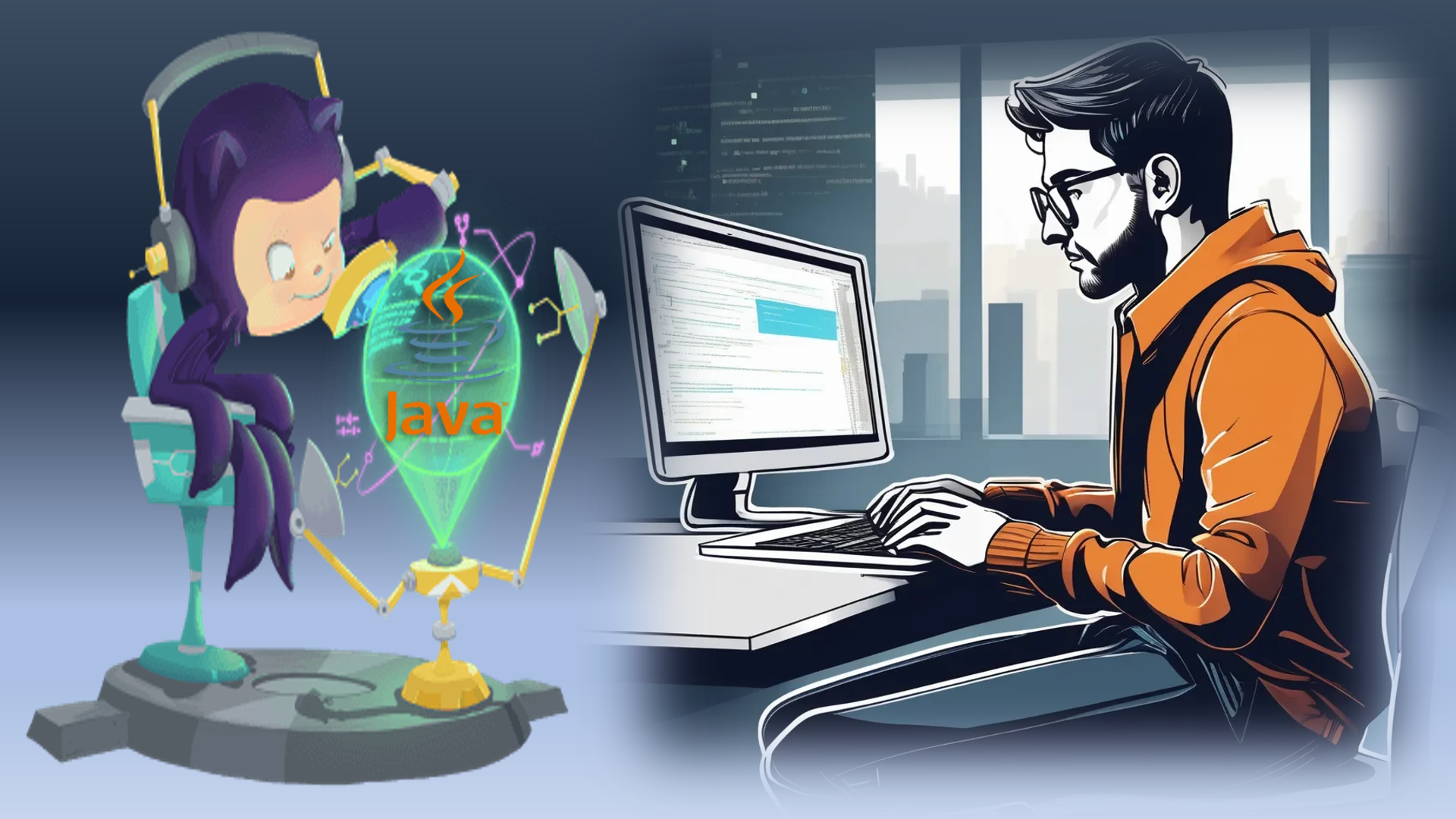
Computer Programming, languages & their frameworks.
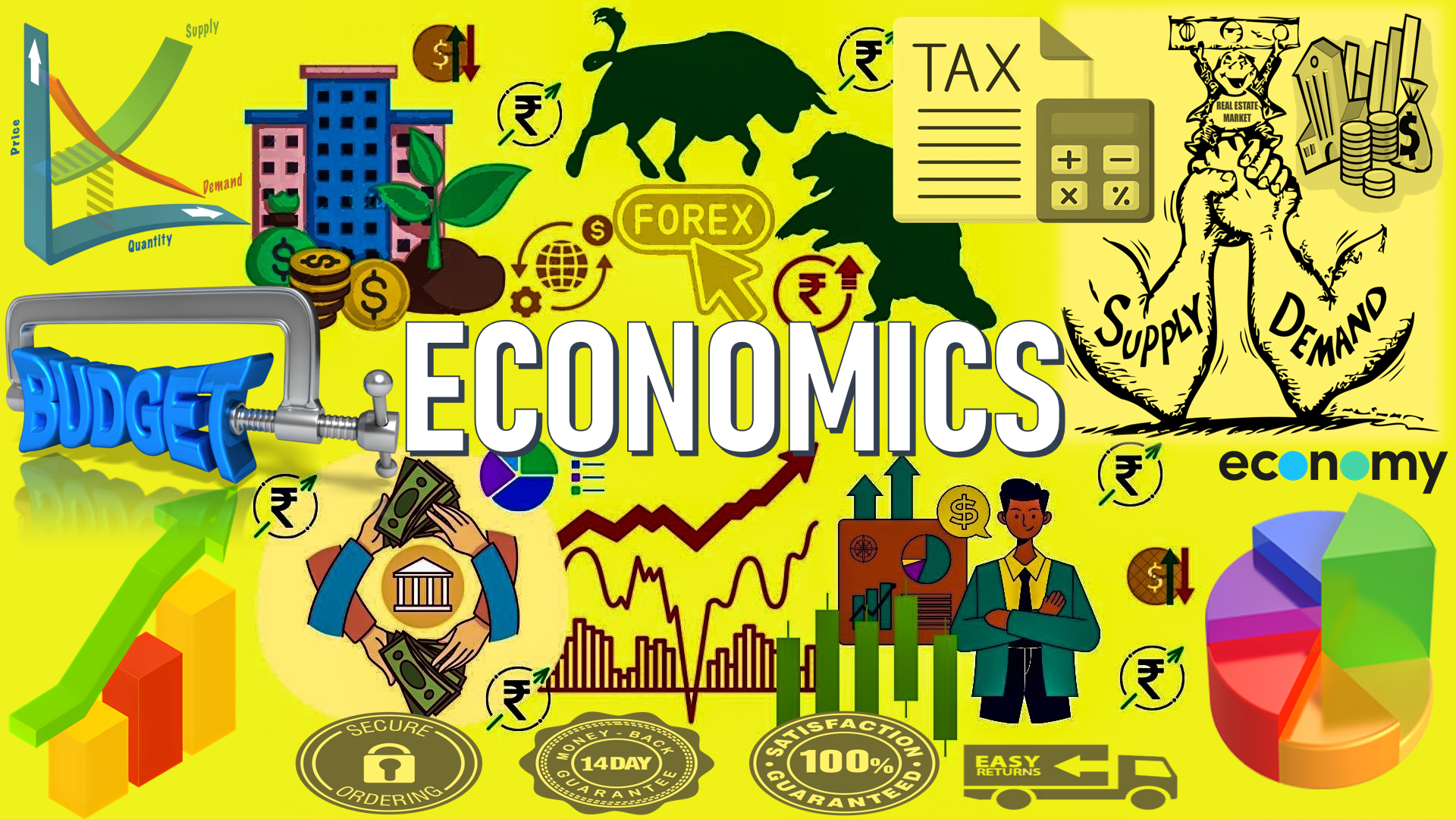
Economics, Accounts and Management.
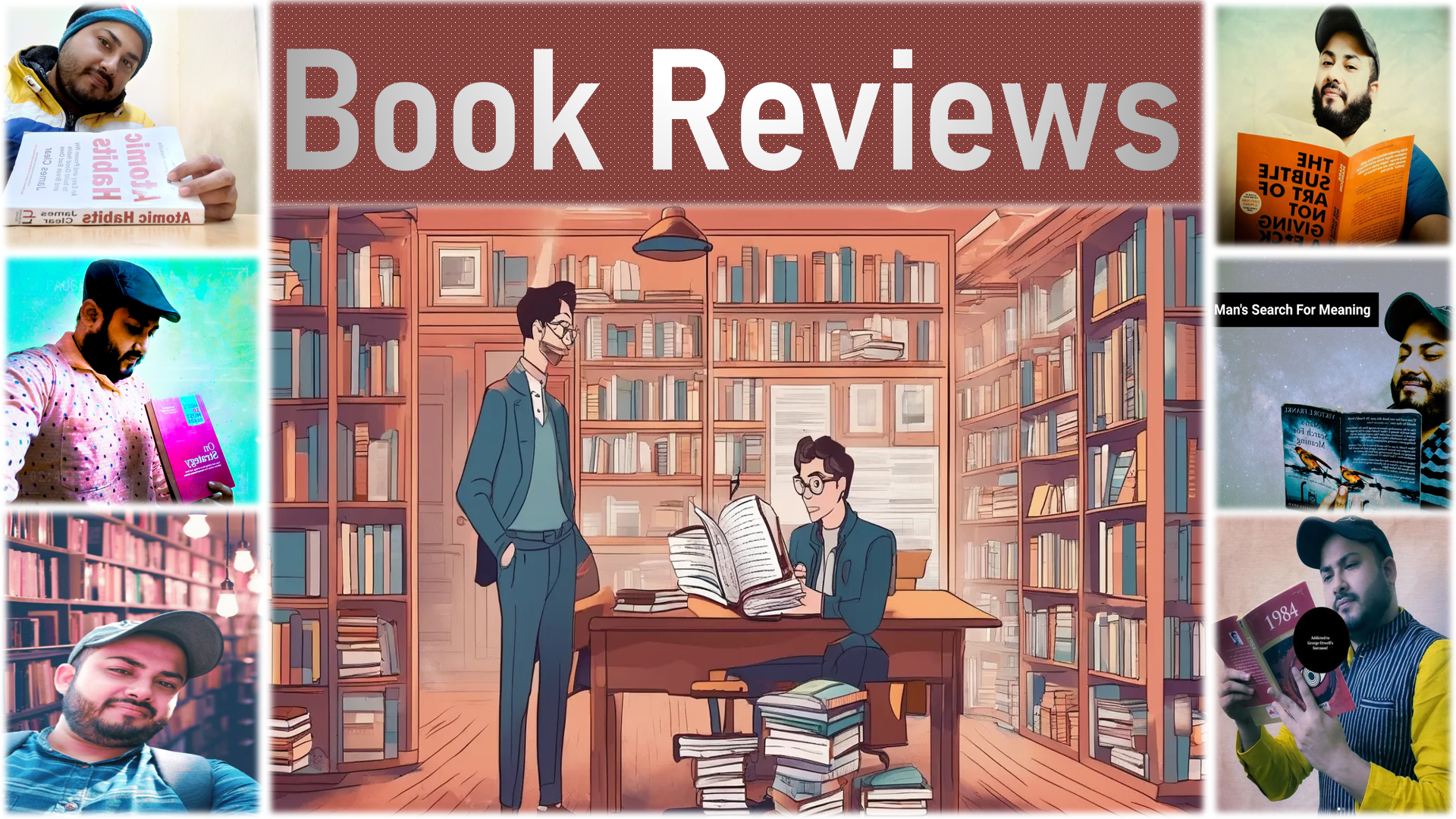
Reviewing old and new books.

Ancient, Medieval, Modern, World History.
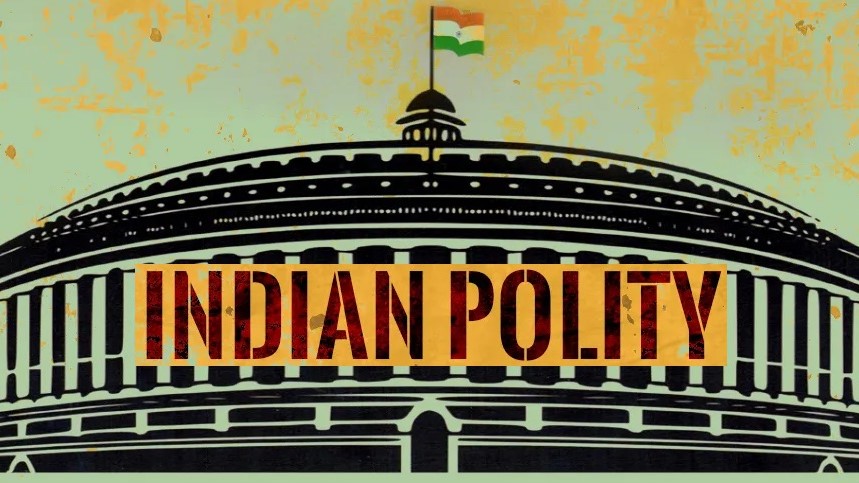
Indian Constitution, Politics, Policies, etc.

Everything related to International Affairs.
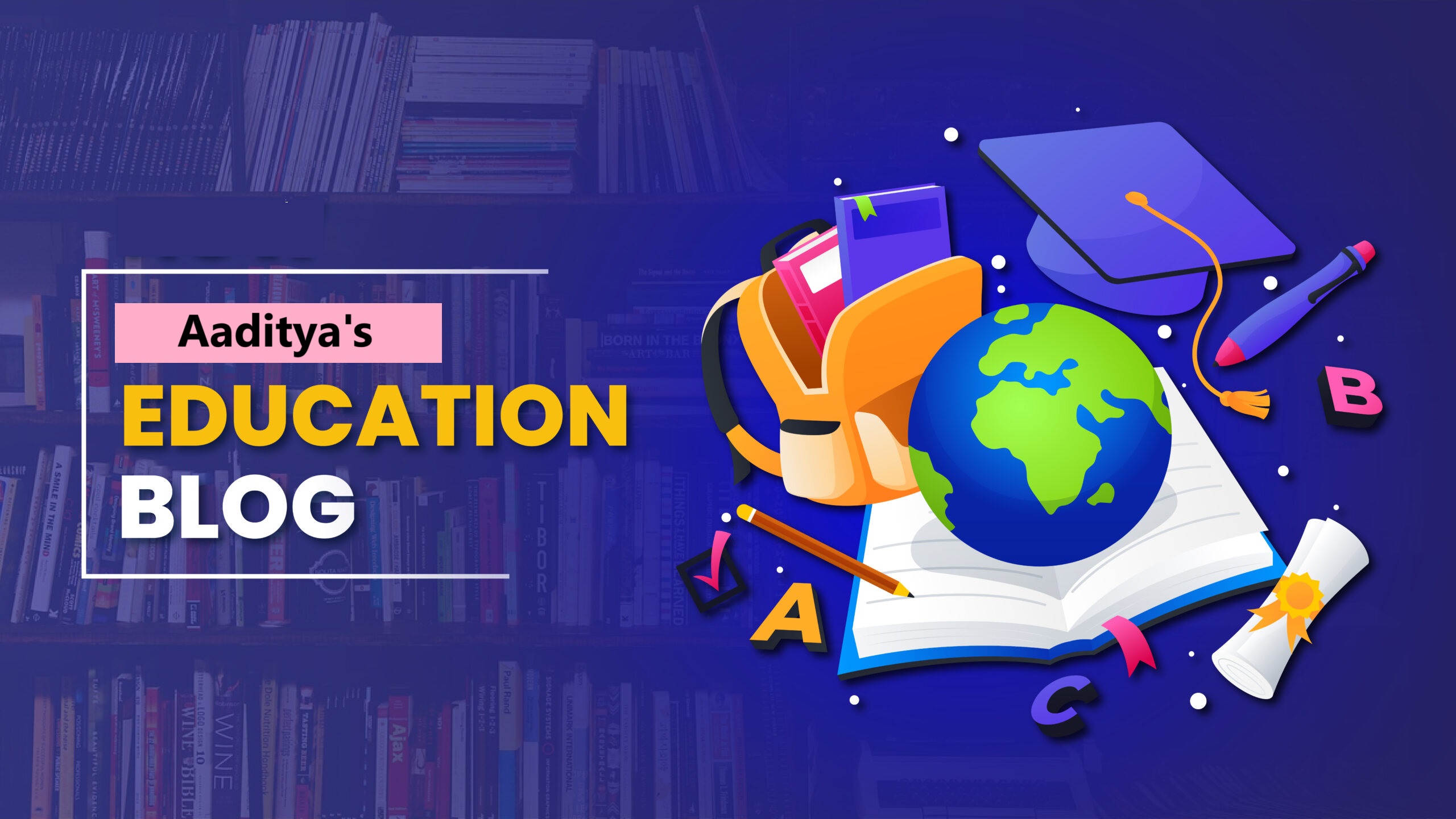
For all humanities topics, except History & Polity.

Anything related to entertainment industry.

Mainly Cricket but other sports too.
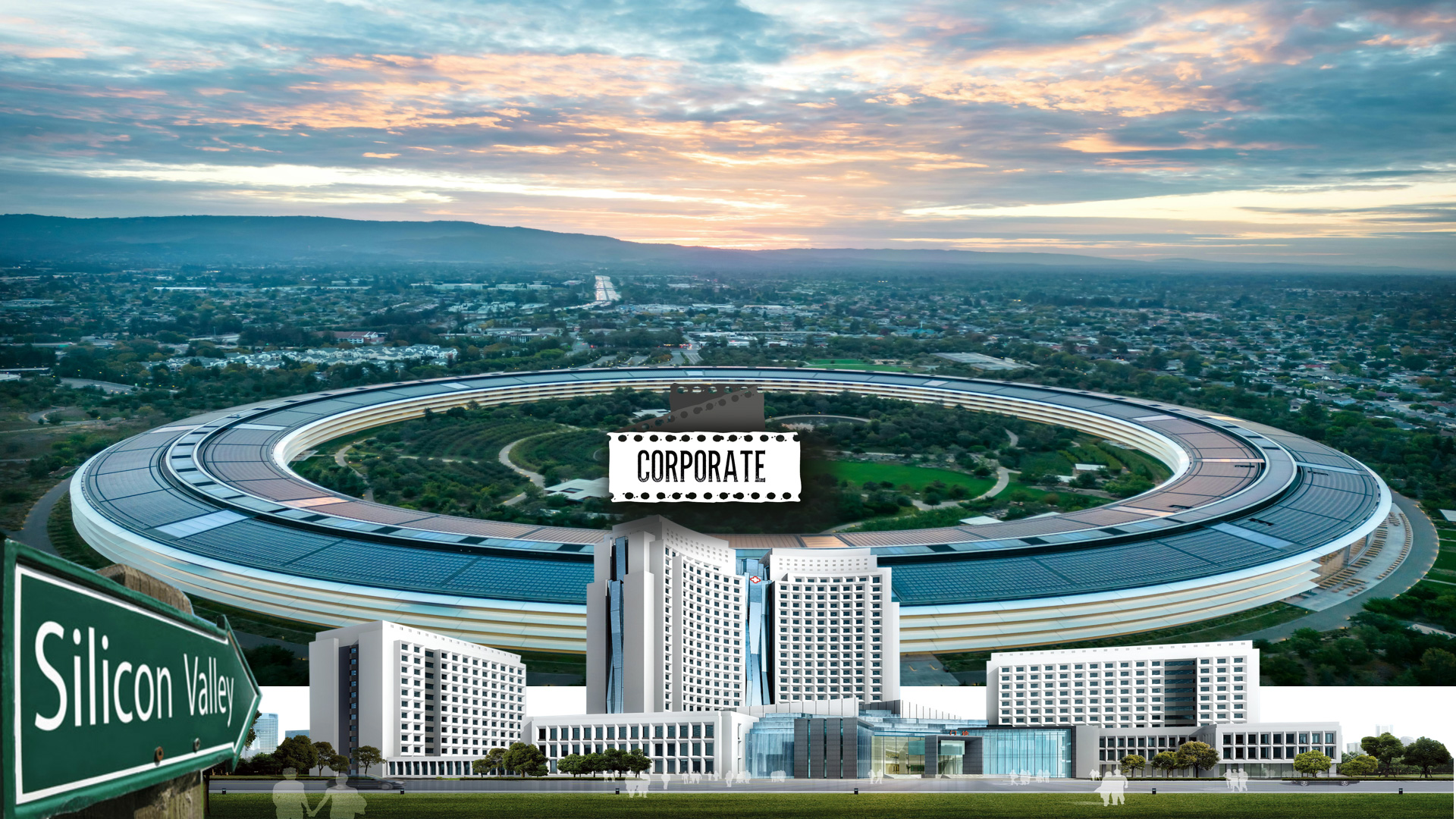
CS, IT, Services & Corporate Sector.
Comments
No comments yet. Be the first to comment!
Leave a Comment